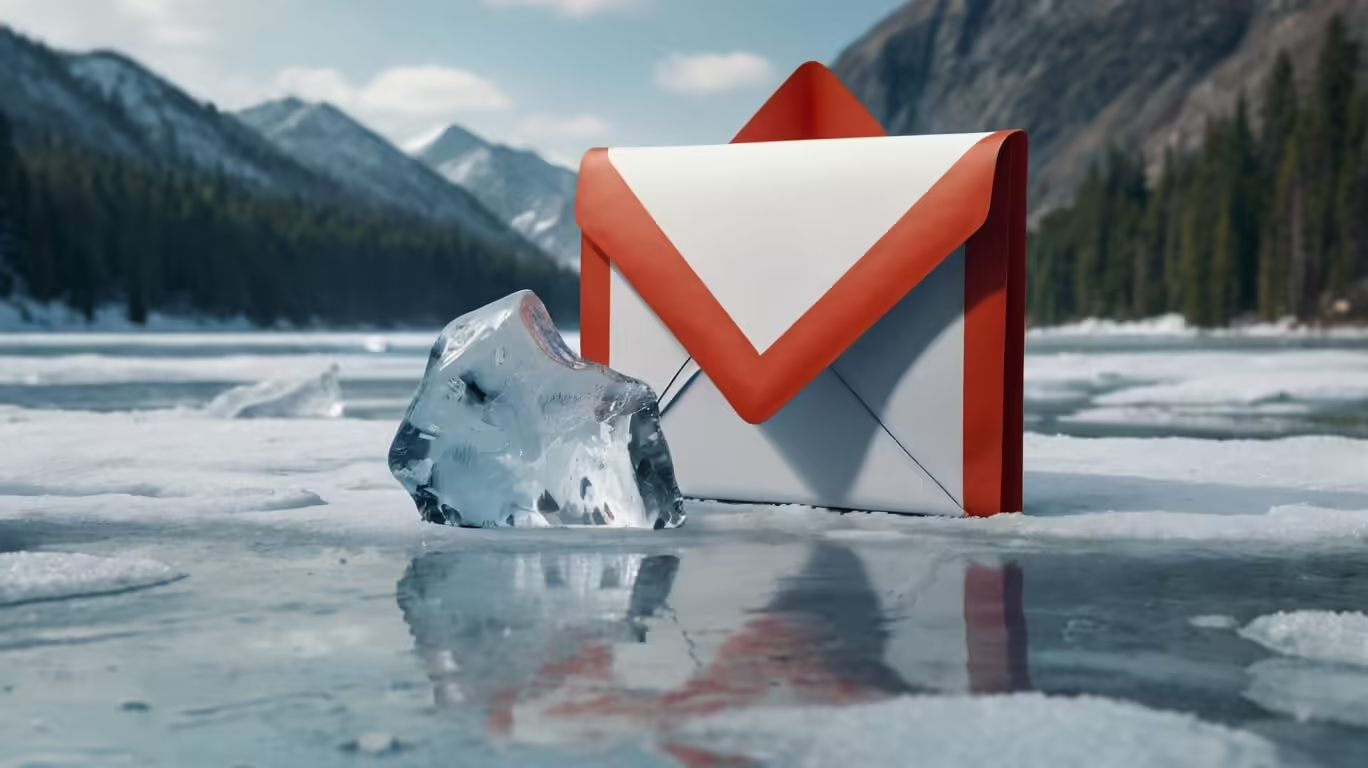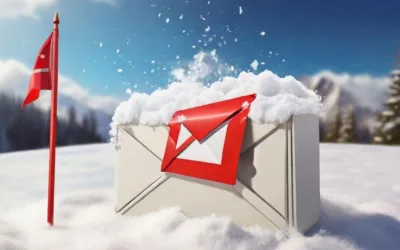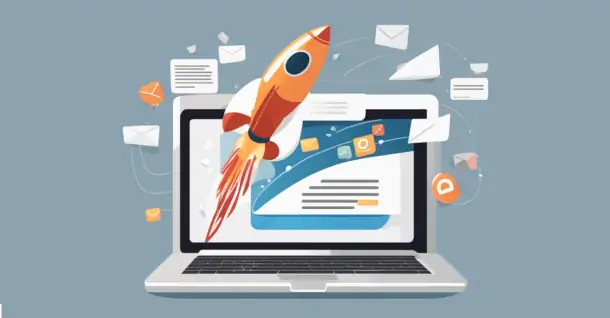There are many cases around the world where people have completely different opinions on a particular issue. The world of football provides a prime example: Vinicius Junior is adored by some fans who consider him one of the best, while others strongly dislike him and believe the hype is unwarranted.
Cold emailing is another topic that sparks similar debate. Some believe it’s a powerful tool to increase sales, find new business partners, and build relationships, while others see it as a failed attempt to grab attention that ultimately damages brand reputation.
We believe there’s no single answer to this question, and the best way to determine cold emailing’s effectiveness is to try it yourself.
Fundamental mistakes to avoid
Before you dive in, here are some fundamental mistakes to avoid, because a poorly executed cold email campaign can definitely hurt your brand.
Never underestimate the data collection process. Cold emailing is all about reaching out to the right people. Avoid sending generic emails to a wide audience. Take time to research your Ideal Customer Profile (ICP) and build targeted buyer personas. Understand their specific challenges and tailor your message accordingly.
Don’t skip the tech check. Efficiency is key in cold emailing, but technical errors can seriously hinder your efforts. Before hitting “send” on a mass campaign, take a moment to ensure everything is in order. This includes using valid email lists, clear sender information, a mobile-friendly design, optimized images, an unsubscribe option, and implementing email authentication protocols (SPF, DKIM, DMARC).
Avoid robotic-sounding emails. People respond to real people, not machines. Ditch the generic templates and write in a conversational tone. Briefly introduce yourself, explain why you’re reaching out, and personalize the message to show you’ve done your research. Avoid relying solely on AI for content creation, especially when starting out.
Focus on their needs, not yours. It’s not about you or your company. Skip lengthy descriptions of your features. Instead, focus on the recipient’s pain points and how your product or service can solve their specific problems.
Keep it short and to the point. Cold emails are often the first step in building a relationship. Keep your initial email concise and clear. A long-winded email is unlikely to be read. Focus on sparking a conversation and offer a clear call to action (CTA), whether it’s a quick call, a demo, or a visit to a specific landing page.
Don’t forget to follow up! Persistence is key. A single email rarely gets a response. Craft a follow-up email sequence with a wait time between each message. Briefly remind them of your initial offer and provide additional value, like a relevant case study.
Conclusion
Following these steps won’t guarantee absolute cold email success, but they are the foundation on which you can build a successful strategy with hard work and consistency.
Remember, it’s always better to try it yourself than to rely solely on others’ opinions.






